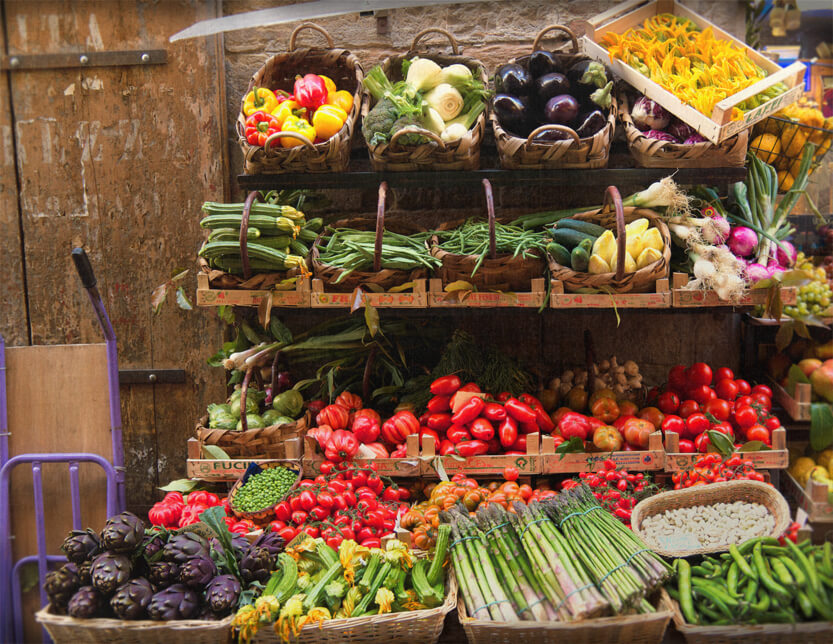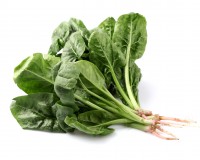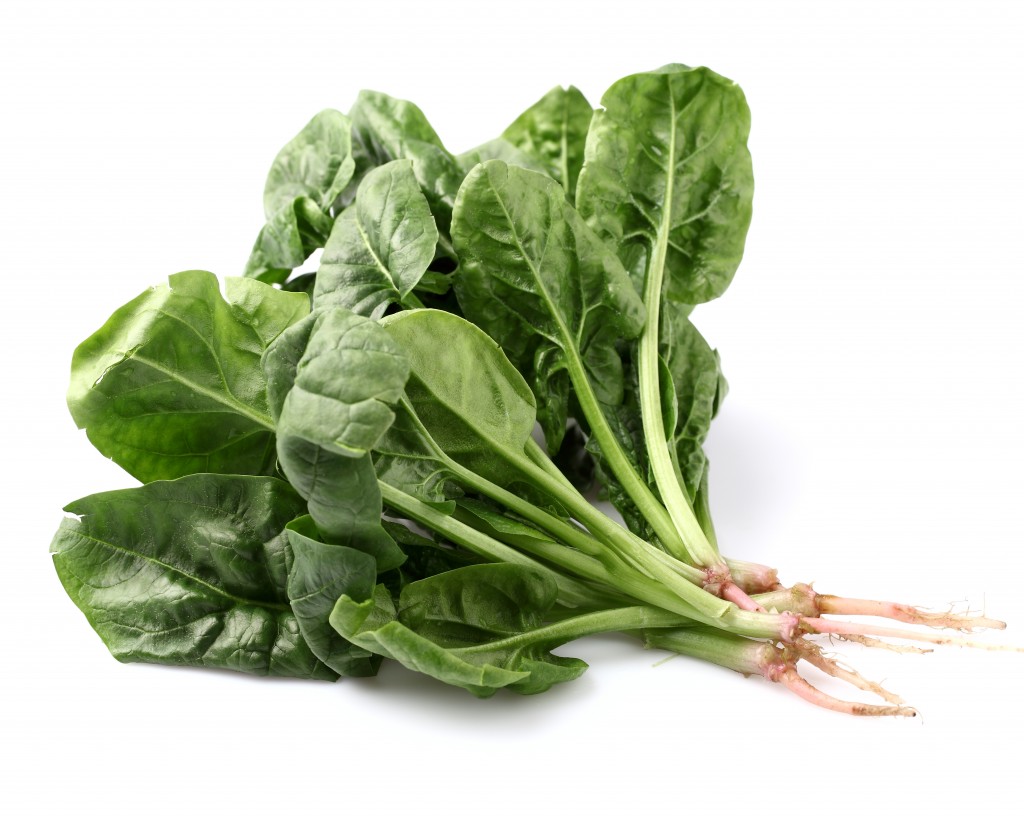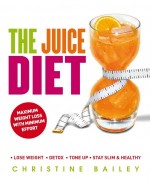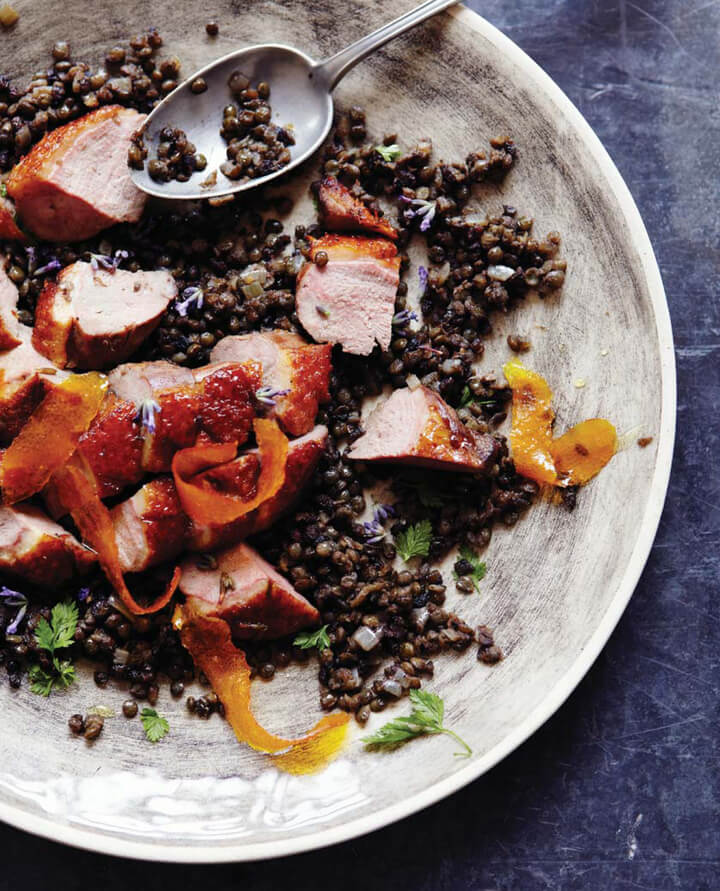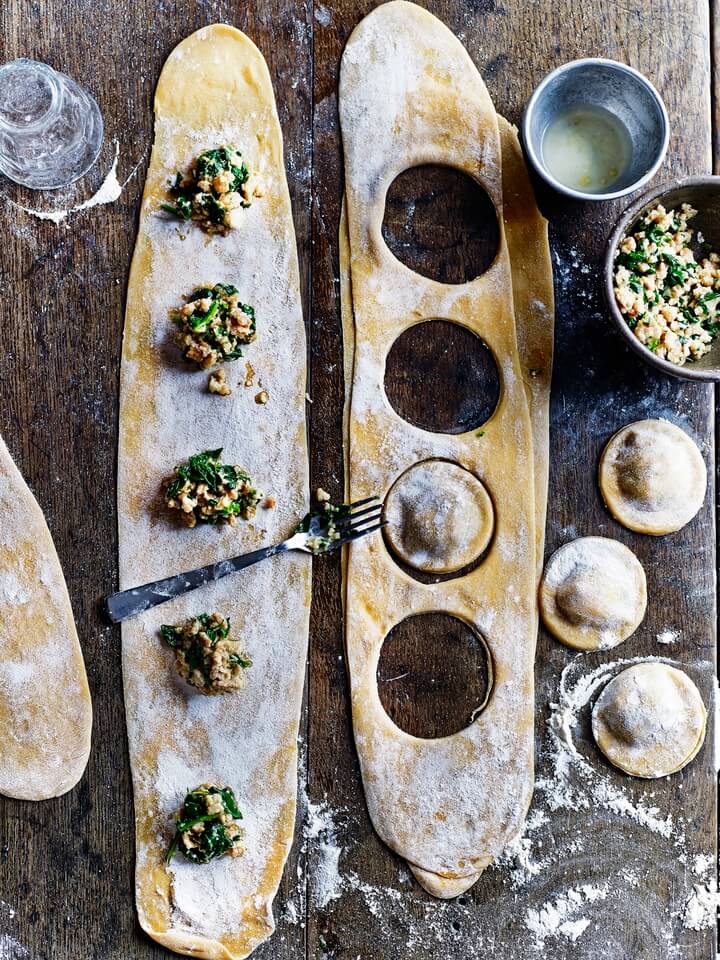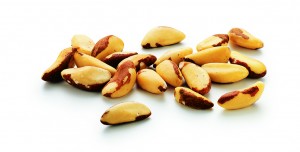The Benefits of Plant-based Foods

– Extract from The Vegan Cookbook – 100 of the Best Vegan Recipes by Adele McConnell.
Each one of us is different, and for many people a diet based on plant foods is more suitable than one that is centered on animal produce. It addresses the moral and philosophical objections that many have to eating food from animals, and there are a number of health benefits when you eat only foods made from plants.
The Pleasures of A Plant-Based Diet
At the time of writing this book, I have followed a plant-based diet for four years and have never felt better. I sleep well, my digestion is in perfect working order, my skin is clear and my eyes are bright. My hair and nails grow super-fast and I always have tons of energy. Many people, through my blog and mentoring sessions, tell me that they have also enjoyed improved health after they have given up meat and animal produce. They are often surprised that a vegan diet can offer such a vast selection of foods and tastes, and they never miss eating meat. They have soon become completely comfortable with, and accustomed to, the fresh flavors of vegetables combined with the more sustaining vegetarian protein foods of legumes and nuts combined with grains.
As you change your diet, you will probably find that the amount of fiber you eat will increase, particularly if you had been following the standard diet of processed foods. Fiber is important for regular bowel movements and managing cholesterol levels. It also stops you from overeating. Processed foods, which are low in fiber, leave you feeling unsatisfied and prone to eating more.
Plants, nuts and seeds are high in vitamins and minerals, and when you eat a variety of them you will increase your body’s opportunities to benefit from nutrients and antioxidants that it may never have had in the past. A plant-based diet is low in the type of saturated fat that might be harmful to health, but it does include coconut oil, a saturated fat known as medium chain that your body recognizes as an energy source and uses accordingly. Coconut oil is not easily stored by the body as fat.
Numerous studies have shown that people who eat a plant-based diet have lower rates of heart disease and benefit from lower blood cholesterol levels, lower blood pressure, a lower incidence of type-2 diabetes and lower rates of prostate and colon cancer, according to the American Dietetic Association.
Health benefits aside, a plant-based diet can widen your horizons for discovering a wealth of new flavors, textures, colors, tastes and culinary experiences.
Pan-fried sage & basil gnocchi
Preparation:
15 minutes, plus 10 minutes resting and making the cheese
Cooking: 45 minutes
Ingredients:
500g/1lb 2oz floury potatoes, such as Desiree or King Edward, cut into dice; 180g/61⁄4oz/11⁄2 cups plain flour, plus extra if needed and for dusting; 1 tbsp finely chopped sage leaves; 1 tbsp finely chopped basil leaves; 1 tbsp safflower oil or sunflower oil; 150g/51⁄2oz/1 cup pitted mixed green and black olives, chopped; 1 red chilli, deseeded and thinly sliced lengthways 100g/31⁄2oz baby spinach leaves; 80g/23⁄4oz/1⁄2 cup drained; sun-dried tomatoes in oil, chopped; 200g/7oz/1 cup bottled or tinned artichoke hearts
1 handful of basil leaves, torn 200g/7oz Herbed Almond; cheese; crumbled sea salt and freshly ground black pepper
Put the potatoes in a steamer set over a pan of boiling water and steam over a medium heat for 15–20 minutes until soft. Preheat the oven to 100°C/200°F/Gas 1⁄2 and put a baking tray inside to warm.

Put the potatoes in a bowl, mash them and sift in 150g/51⁄2oz/ 11⁄4 cups flour, the herbs and add a good pinch of salt. Mix by hand until just combined, adding the remaining flour. Turn the dough on to a floured surface and knead for 1 minute. If the dough is sticky, add more flour, 1 teaspoon at a time, until the dough is soft and workable. Leave to rest for 10 minutes.
Bring a large saucepan of salted water to the boil over a high heat, then reduce to medium-high. Divide the dough into four pieces and roll them into long sausage shapes. Slice each piece into 2cm/3⁄4in pieces to make gnocchi. Lower the gnocchi in batches into the boiling water using a slotted spoon, and cook for 5 minutes, or until they float to the surface. Remove from the pan as they cook and lay them on the baking tray and keep them warm while you cook the remaining gnocchi.
Heat the oil in a large, non-stick frying pan over a medium- high heat and fry the gnocchi in batches, keeping the cooked gnocchi warm on the tray. Add the olives and chilli to the pan, and cook for 5 minutes. Add the spinach, tomatoes, artichokes and basil. Return the gnocchi to the pan and gently toss with the vegetables. Season with pepper and serve with the cheese.
Sweet potato cups with hummus & walnut pesto
Preparation:
30 minutes, plus cooling and making the hummus
Cooking: 1 hour
Ingredients:
250g/9oz sweet potato, cut into small dice; 1 tbsp olive oil or coconut oil, plus extra for greasing; ⁄2 courgette, cut into small dice; 3 flour tortillas;
1 large handful of basil leaves; 1 small handful of parsley leaves
; 100g/31⁄2 oz baby spinach leaves;
30g/1oz/1⁄4 cup walnuts; 60ml/2fl oz/1⁄4 cup good- quality extra virgin olive oil; 1 garlic clove; crushed
a squeeze of lemon juice, or to taste
sea salt and freshly ground black pepper; 220g/73⁄4oz/1 cup hummus, such as Roasted Garlic & Hazelnut Hummus.

Preheat the oven to 200°C/400°F/Gas 6. Put the sweet potato in a bowl and add the oil. Mix well to coat thoroughly and tip on to a baking tray. Roast for 30 minutes, then add the courgette to the tray. Roast for a further 15 minutes, or until tender.
While the vegetables are cooking, cut each tortilla into quarters and, using a small amount of oil, grease six muffin cups. Press 1 piece of tortilla inside a muffin cup and smooth into the edges to line the cup, then add a second piece at an angle and smooth in the same way. Leave the edges overhanging, to create a tortilla ‘cup’. Leave to one side.
Put the basil into a blender or food processor and add the parsley and spinach leaves, then process until they are well combined. Add the walnuts, olive oil, garlic and lemon juice. Season with salt and pepper, and blend into a smooth paste to make a pesto.
When the sweet potato is cooked, leave the baking tray on one side to cool. When the vegetables are cool, tip them into a large mixing bowl, and combine with 2 tablespoons of walnut pesto. Spoon the sweet potato and courgette mixture into each tortilla cup and bake for 15 minutes, or until the tortillas are golden brown. Top with a large spoonful of hummus and serve with the remaining pesto. The pesto can be stored in a sterilized jar in the fridge for up to 1 week or frozen for up to 1 month.
About the Author: Vegan Cookbook author Adele McConnell is the founder of the highly successful vegan food blog, vegiehead.com,  and was hailed as the winner of the prestigious “Vegan Food Blogger Award” by The Vegan Woman 2012. Adele loves sharing her passion for vegan food. She has released several eBooks, runs cooking classes and has also set up the YouTube Vegie Head channel, where fellow foodies can watch her inspiring, easy-to-follow cookery demonstrations online.
and was hailed as the winner of the prestigious “Vegan Food Blogger Award” by The Vegan Woman 2012. Adele loves sharing her passion for vegan food. She has released several eBooks, runs cooking classes and has also set up the YouTube Vegie Head channel, where fellow foodies can watch her inspiring, easy-to-follow cookery demonstrations online.
Adele McConnell
The Vegan Cookbook – 100 of the Best Vegan Recipes
Available from Nourish Books
£14.99







